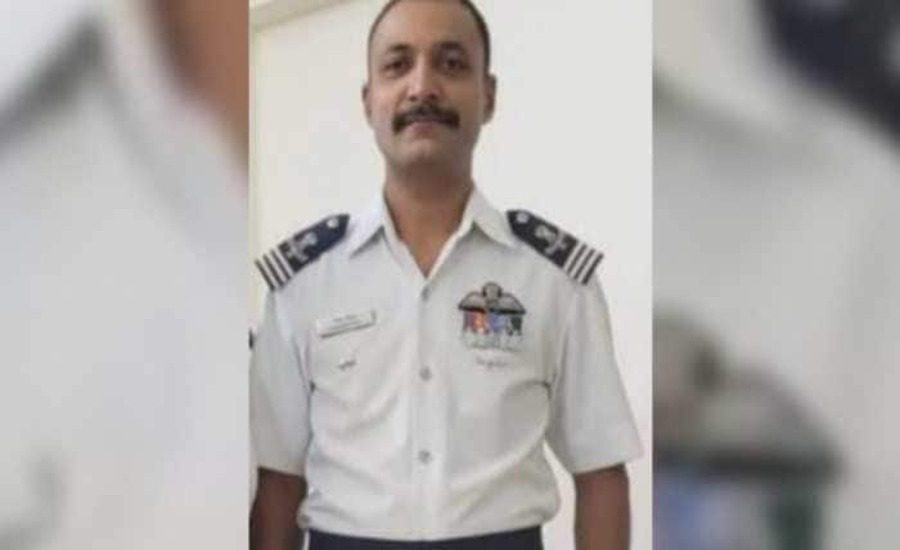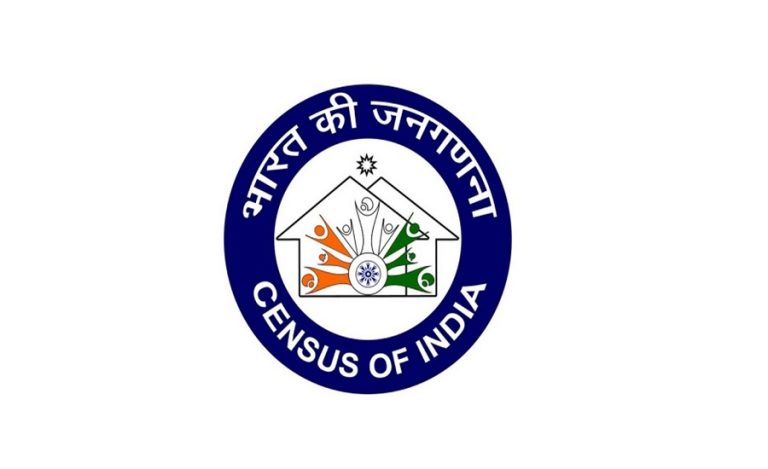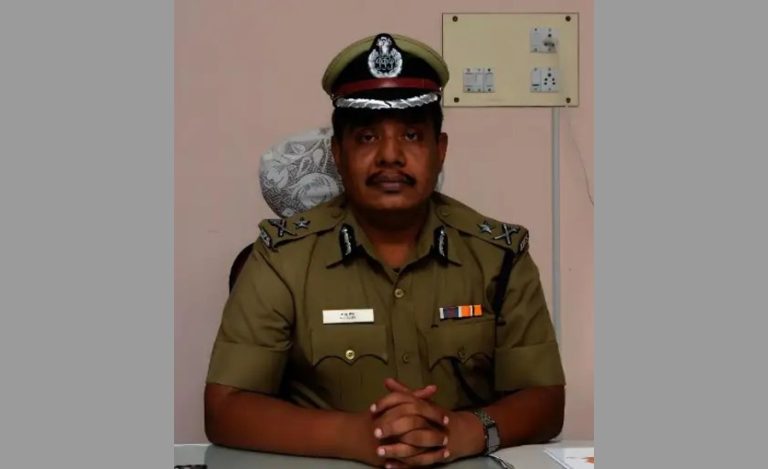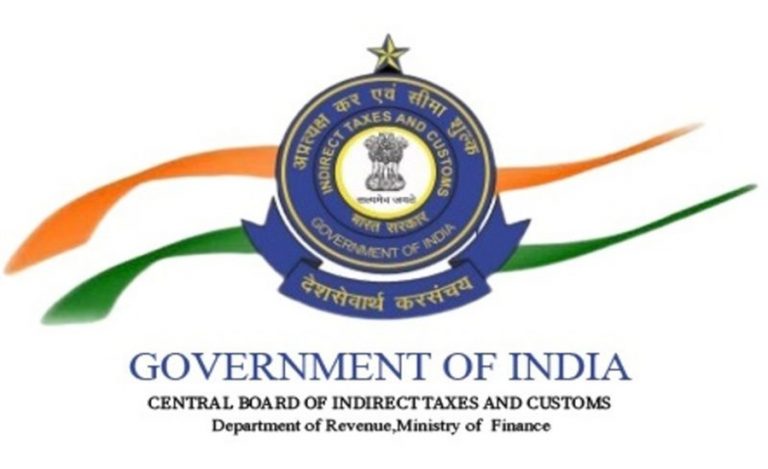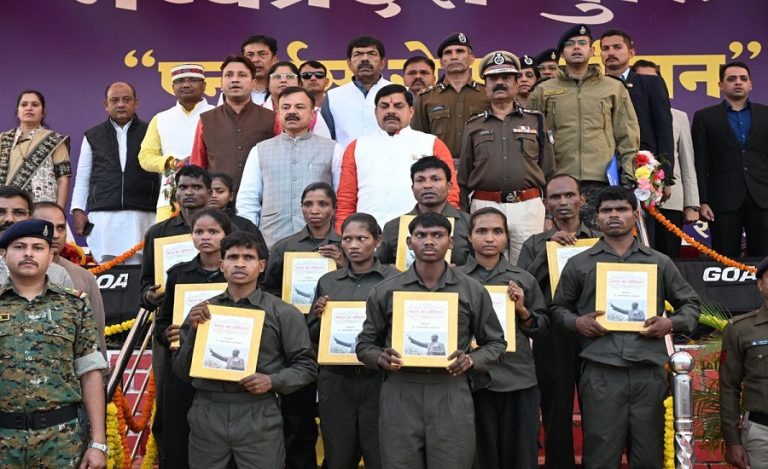New Delhi: On 21 November 2025, during the closing phase of the 19th edition of the Dubai Air Show at Al Maktoum International Airport in the United Arab Emirates, a single-seat indigenous Indian fighter jet, the HAL Tejas (LCA Mk-1) of the Indian Air Force, crashed during an aerial demonstration flight. Eyewitnesses reported the aircraft was flying a low-altitude manoeuvre when it lost control and plunged toward the ground, erupted in a fireball near the runway and generated thick black smoke.
The crash not only shocked the aviation industry but also cast a sombre shadow over India’s otherwise high-profile participation in the air show, where the Tejas was being showcased as a symbol of indigenous defence capability.
Who was IAF Wing commander Namansh Syal
- Wing Commander Namansh Syal hailed from the village of Patialakad, in Nagrota Bagwan tehsil of the Kangra district in Himachal Pradesh.
- His father Jagan Nath Syal is a retired Indian Army officer who later served as a principal in the Education Department of Himachal Pradesh. His mother is Bina Devi.
- He studied at Sainik School, Sujanpur Tira, Hamirpur district – an institution known for grooming young students for careers in the armed forces.
Military Career & Personal Life
- According to available reports, he was commissioned into the Indian Air Force on 24 December 2009.
- At the time of the accident he was posted at Hyderabad Air Base / or in a squadron contributing to the Tejas deployment for the Dubai Air Show.
- He was known for his disciplined service record and professional aptitude. His reputation in the IAF was one of an officer who maintained high standards.
- On the personal front, he is survived by his wife, Afsaan, who is herself an IAF officer and a 5 years old daughter. His wife’s service background underscores a family committed to the nation’s defence.
Final Sacrifice & Legacy
Wing Commander Syal paid the ultimate price during a demonstration sortie – a role requiring exceptional skill and courage as pilots perform high-risk acrobatics often at low altitude to thrill spectators and represent their country’s aerial capability.
The crash and his martyrdom have resonated widely, especially in his home region of Himachal, where tributes are pouring in.
Broader Implications of Tejas Fighter Jet Crash
- The Tejas aircraft is India’s indigenous light combat aircraft, developed by Hindustan Aeronautics Limited (HAL) and serving as a key part of the Indian Air Force’s modernisation strategy.
- This crash marks only the second known catastrophic event involving the Tejas since its induction (the earlier one being March 2024 near Jaisalmer, Rajasthan, where the pilot ejected safely).
- Air shows, particularly international ones like the Dubai event, carry heightened risk: high-visibility demonstration flights, complex manoeuvres, low altitudes, and large spectator audiences all contribute to the challenge.
- This Tejas Fighter Jet crash will likely prompt renewed review of safety protocols, display schedules, pilot training for demos, and aircraft readiness. According to commentary from a former IAF official, the system has been “shaken up” by this incident.
Tejas Fighter Jet Crash : Reaction & Mourning
In his home village and the broader Kangra district, a pall of grief has descended. Villagers gathered at Syal’s home even in the cold, mourning the loss of a brave son of the soil.
The Indian Air Force, in its official statement, noted it “deeply regrets the loss of life” and stands “firmly with the bereaved family in this time of grief.”
An IAF Tejas aircraft met with an accident during an aerial display at Dubai Air Show, today. The pilot sustained fatal injuries in the accident.
— Indian Air Force (@IAF_MCC) November 21, 2025
IAF deeply regrets the loss of life and stands firmly with the bereaved family in this time of grief.
A court of inquiry is being…
Chief Minister of Himachal Pradesh Sukhvinder Singh Sukhu expressed deep sorrow, calling Syal’s death an “irreparable loss” and paying tribute to his “indomitable bravery and commitment to national service.” A court of inquiry has been constituted to ascertain the cause of the accident.
Tejas Fighter Jet Crash: Investigation & What’s Next
The formation of a Court of Inquiry is standard procedure in such major accidents. The investigation will likely focus on:
- The exact sequence of manoeuvres at the time of crash (including possible low-altitude roll or negative-G turn)
- Whether there were any technical issues with the Tejas aircraft (engine performance, flight-control systems, altitude margins)
- Whether environmental conditions or operational constraints played a role (display demands, altitude, spacing)
- Training and preparation specific to the air-show environment and whether any margin shortfalls existed for rescue/ejection
- Given the high visibility nature of the incident – at an international airshow – the findings will not only impact the IAF’s operational posture but also the Tejas programme’s reputation and India’s defence diplomacy efforts.
Major Significance & Reflection
- The event underscores both the bravery of Indian defence personnel and the inherent risks of showcasing military aviation on global stages.
- It highlights the ongoing challenge of achieving high-performance, safe operation of advanced indigenous platforms like the Tejas.
- It brings into sharp relief the human cost behind national defence and marks a moment of reflection for the country to honour the sacrifice of Wing Commander Syal.
- For his home state of Himachal Pradesh, this is a moment of collective pride mingled with sorrow—a local son achieving national prominence, yet laid to rest prematurely in duty.
What is the Tejas Fighter Jet?
The HAL Tejas is India’s first indigenously developed Light Combat Aircraft (LCA), designed and manufactured by Hindustan Aeronautics Limited (HAL) under the Aeronautical Development Agency (ADA).
It was developed as part of India’s long-term goal of achieving self-reliance in defence manufacturing under the Make in India initiative.
The Tejas was created to replace the ageing MiG-21 fighter jets in the Indian Air Force (IAF) and represents a major leap in India’s indigenous aerospace capability.
Key Technical Specifications of Tejas
It is a single-engine, multi-role light fighter aircraft designed for:
- Air superiority
- Ground attack
- Close air support
- Maritime strike
Engine
Powered by GE F404-IN20 turbofan engine, it provides:
- High thrust-to-weight ratio
- Excellent acceleration
- Reliable performance in high-altitude and hot conditions
Speed & Performance
- Maximum Speed: Mach 1.6 (approx. 1,975 km/h)
- Service Ceiling: 50,000 feet
- Maximum Range: 3,000 km with external fuel tanks
- Combat Radius: Around 500 km (with weapons load)
Digital Fly-By-Wire System
- One of the most advanced systems in modern fighter jets.
- LUses computers to control flight movements instead of traditional mechanical controls.
It allows:
- Better aircraft stability
- Greater manoeuvrability
- Safer handling at high speeds and angles
Advanced Radar Systems
- Multi-Mode Radar (MMR), which is capable of air-to-air and air-to-ground targeting
Newer variants use AESA Radars which provide;
- Longer detection range
- Better target tracking
- High resistance to jamming
Key Variants of Tejas
Tejas Mk-1
- First operational variant
- Fully inducted into the Indian Air Force
Tejas Mk-1A
Upgraded version of Tejas Mk-1
- Better radar
- Improved electronic warfare systems
- Faster maintenance turnaround time
Tejas Mk-2 (Upcoming)
- More powerful engine
- Increased payload capacity
- Extended range
- Designed to match 4.5-generation fighters

